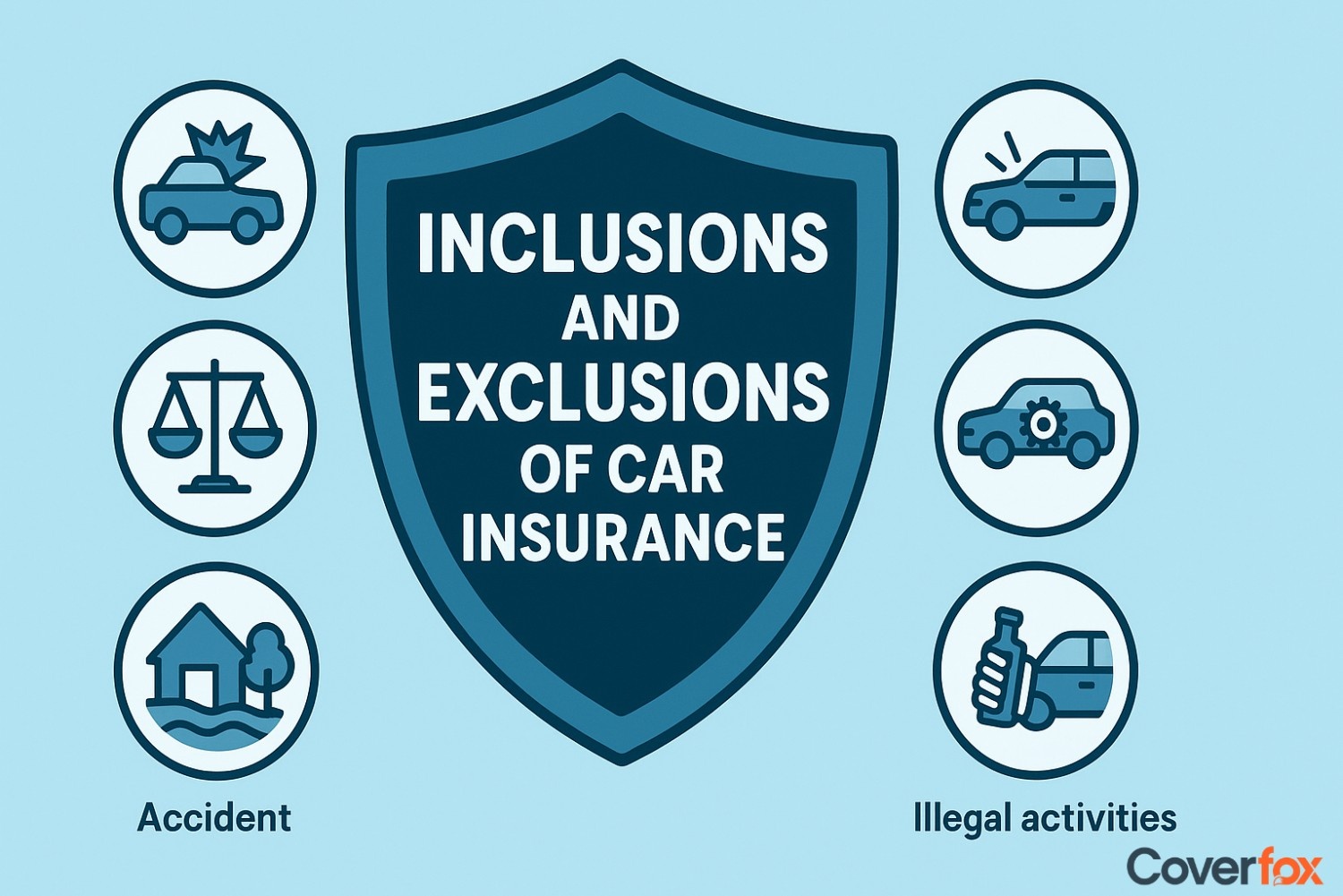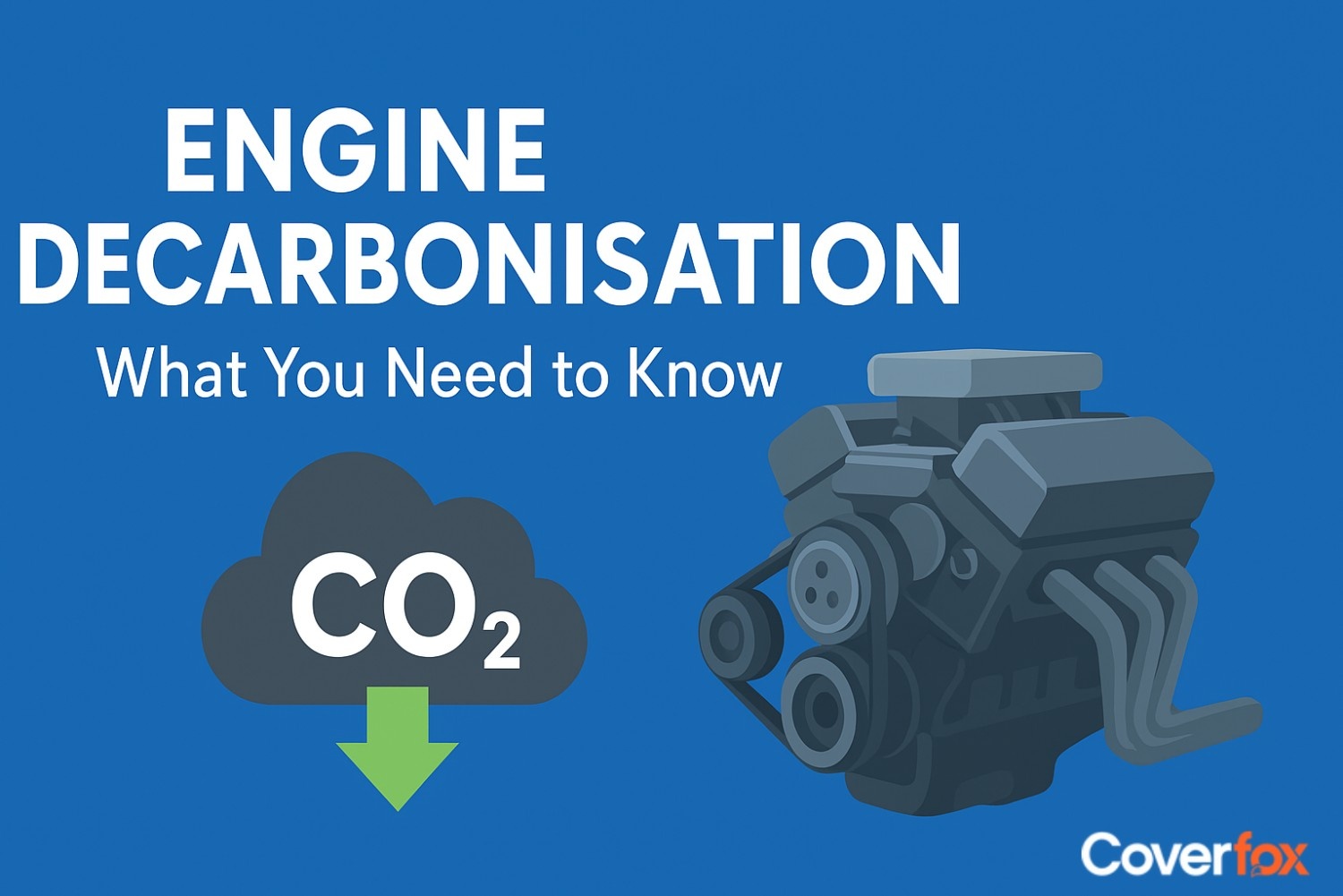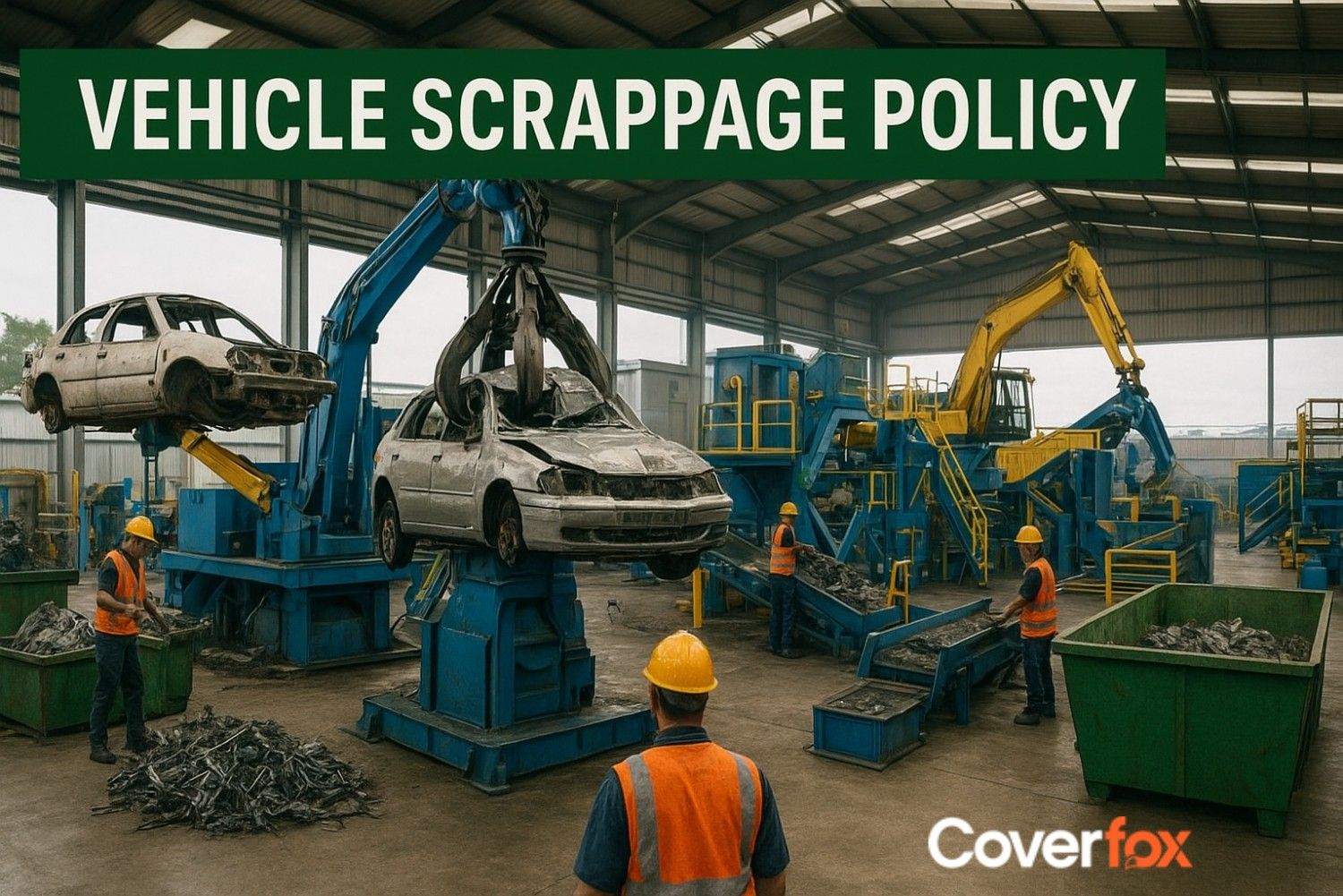The five million kilometres long Indian road network transports nearly 90% of the country's commuters. With the rapid rise in the number of cars and notoriously congested roads in India, road safety has become a primary priority for citizens of the country.

In 2018, more than 151 thousand people died in traffic accidents in India. No one wants to be a part of the number.
We at Coverfox, work tirelessly to safeguard you from inflated costs that come in case your car meets sudden damages bringing car insurance online. A car insurance coverage protects you financially in the event that you incur a monetary loss or liability as a result of your car. It protects you from financial liabilities if your car is damaged, stolen, or destroyed in an accident, fire, or other natural or man-made disaster. It also includes coverage for third parties in case your car is in an accident and causes injury or property damages to others. It also provides compensation in case of death or disability.
The type of coverage you receive under your insurance policy will depend on the type of car insurance policy you opt for. There are primarily two types of car insurance plans:
Third-Party Car Insurance:
A third-party car insurance only provides coverage for damages (death, disability, injury, and more) to a third party or property alone. It doesn't cover you and your car. The rate for third-party car insurance is calculated and annually reviewed by the Indian Insurance Regulatory and Development Authority. A third party coverage is mandatory for the 1988 motor vehicle statute in India.
Comprehensive Car Insurance:
A comprehensive car insurance plan gives total cover against third-party/person/property liability and for any damage caused to your own vehicle (collision, robbery, accident, and more). You can also take advantage of a wide choice of options like zero depreciation, roadside assistance, personal accident coverage and more for an additional premium. This type of scheme is a 360-degree car protection scheme, perfect for all car owners.
Therefore, it is advisable to acquire comprehensive car insurance to provide total protection to your vehicle.
Choosing the Ideal Car Insurance Policy
There is no doubt that factors including Claim-Settlement Ratio, Add-Ons, Customer Reviews etc are important while choosing the best car insurance policy, but what is critical is to select a policy that provides you with adequate sum insured according to your needs. The ideal Car insurance policy is the one that meets your financial needs at the time of claim.
It is vital to strike a balance between your car insurance coverage and the amount you pay as premium. This is because driving an under-insured or over-insured car can be detrimental to your needs. When your car is under-insured, the car insurance policy does not cover full repair costs in case of damage or repair. In this case, you may not be able to enjoy the benefits of your insurance plan. On the other hand, if your car insurance policy is overvalued, you will be required to pay a higher premium which may not be the best option.
Hence, it is important to know what your car insurance IDV is. Here’s what it is.
What is IDV and Why is it Important?
Your car insurance is a long-term investment. And when you are claiming your insurance amount, you may not be getting the amount you are expecting. The main cause for the deduction is the IDV. Insured Declared Value (IDV) is the maximum sum insured, the amount agreed upon by your insurance provider that will be reimbursed to you (the vehicle owner/ policyholder) in the event of theft or partial/complete loss. In other words, IDV is the supposed current market worth of your insured automobile.
The insurance company determines this value based on the manufacturer's current valuation and depreciation based on the age of the vehicle. Car Insurance companies treat cars as liabilities that go through annual depreciation in their values. IDV is therefore the most important thing to examine before you acquire your insurance.. As the policyholder, however, the IDV is the maximum sum for which you can seek compensation for your car losses. It is therefore your right to preserve the correct IDV value for your car. So, you must carefully examine IDV at the time of choosing the correct comprehensive car insurance for you.
Why Must You Correct the IDV for Comprehensive Car Insurance?
The vehicle's IDV is crucial in comprehensive car insurance coverage. The IDV of the vehicle has a direct impact on two variables of car insurance plans. The first is the premium for car insurance and the second is the amount of the claim.
Insurance Premium:
The rate of a comprehensive car insurance policy is directly proportionate to the car's IDV. Higher the IDV of a car insurance policy, higher will be the premium. That is why it is important to choose an IDV value that does not result in a high car insurance premium. Keep an eye on your budget when you buy comprehensive car insurance. Use a car insurance calculator to check the IDV and premium before purchasing a car insurance plan.
Claim Amount:
As you may know, IDV is the maximum claim amount payable by your car insurer if your car is stolen or destroyed. If you choose a lesser IDV, the claim amount you get may not be sufficient to pay your repair or replacement cost. As a result, in addition to the claim amount, you may have to pay money out of your own pocket. This may cost you more than you have saved by buying a lower premium. You therefore need to get a comprehensive car insurance policy with an acceptable IDV to cover your vehicle's loss or damage.
How to Calculate IDV for your Car Insurance?
Your car's IDV depends on the selling price and brand model given by the manufacturer. Higher the car age, larger will be the proportion of depreciation. This depreciation amount is fixed.
IDV = Manufacturer's listed selling price or Ex-showroom price x Depreciation factor
Note that a new car will always have the highest IDV which will gradually decrease because of its depreciation. The following are the standard depreciation rates defined under the Motor Tariff Act:
| Car’s Age | Depreciation on Car for IDV Calculation |
|---|---|
| Up to 6 Months | 5% |
| 6 Months to 1 Year | 15% |
| 1 - 2 Years | 20% |
| 2 - 3 Years | 30% |
| 3 - 4 Years | 40% |
| 4 - 5 Years | 50% |
Hence, the below mention formula defines IDV is a conclusive manner:
IDV = {[(Manufacturer's listed selling price) + (Sales Tax) + (Accessories excluded – depreciation)] – (Depreciation + Registration costs + Insurance costs)}
Assessing IDV during car insurance renewal
When your insurance is ready for renewal, don't just agree to pay for what your insurer wants. You must check your car's IDV and whether the premium is justifiable or not. Do not hesitate to negotiate or replace your insurance if you feel at all uncomfortable with the figures. Make sure that you get the proper coverage at the right rate. Bear in mind that this aspect determines the premium while renewing your comprehensive coverage. If your car is worth more, you pay more premium and vice versa. In the end, it is the right way to alter the IDV value according to your decision. You may accomplish this online with Coverfox.
Final Words
Car insurance is important if your car is damaged or stolen to seek financial support from your car insurer. Please remember to buy comprehensive car insurance coverage with the proper IDV to prevent you from paying a high premium or receiving insufficient claim amount. The purchase of your car insurance is a long-term investment. You may not get what you expect when you claim, because toof IDV reimbursement deductions.
You are entitled to maintain the accurate IDV value for your car. Be mindful of your IDV and always check it.
Also Read: How Will Financing A Car Affect Your Car Insurance?





